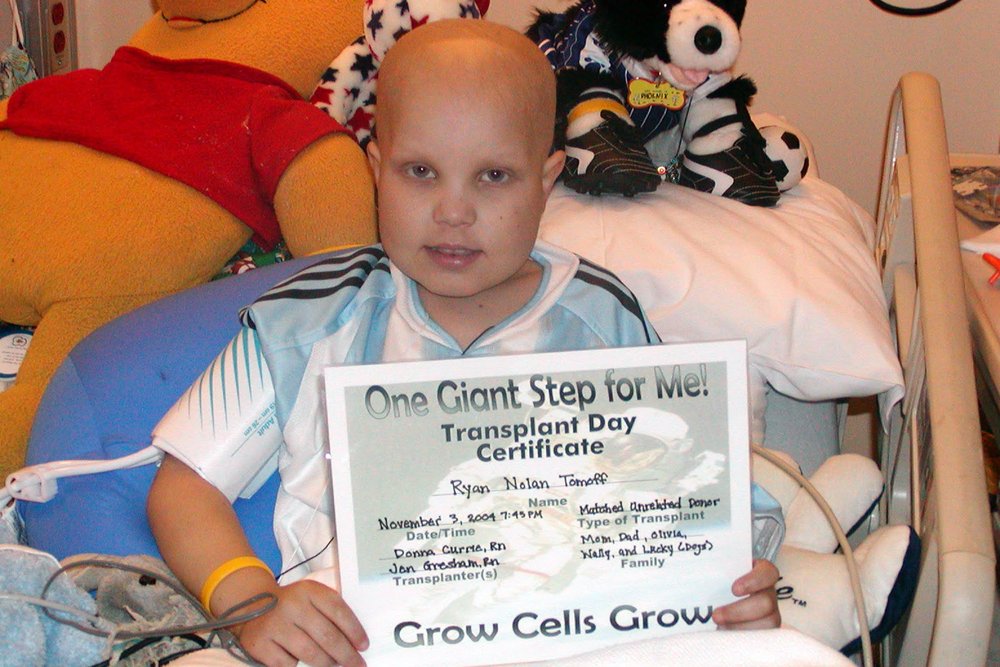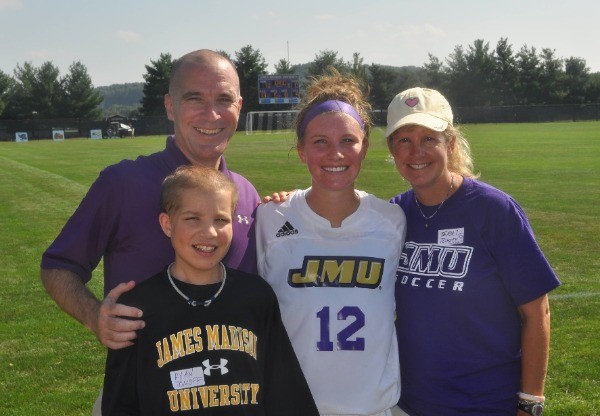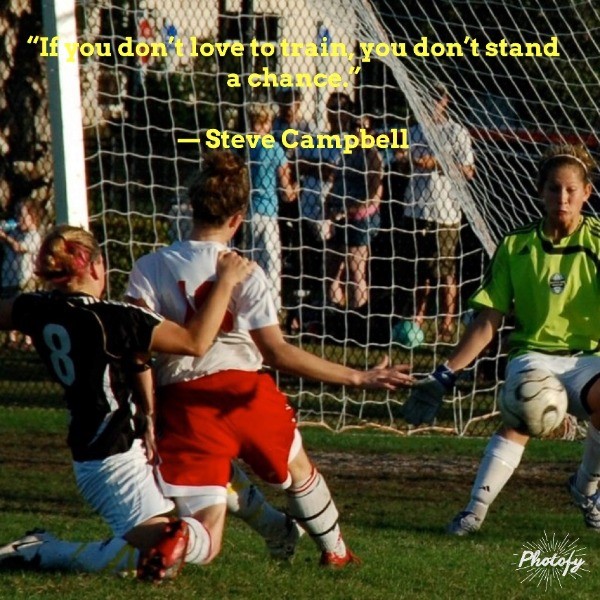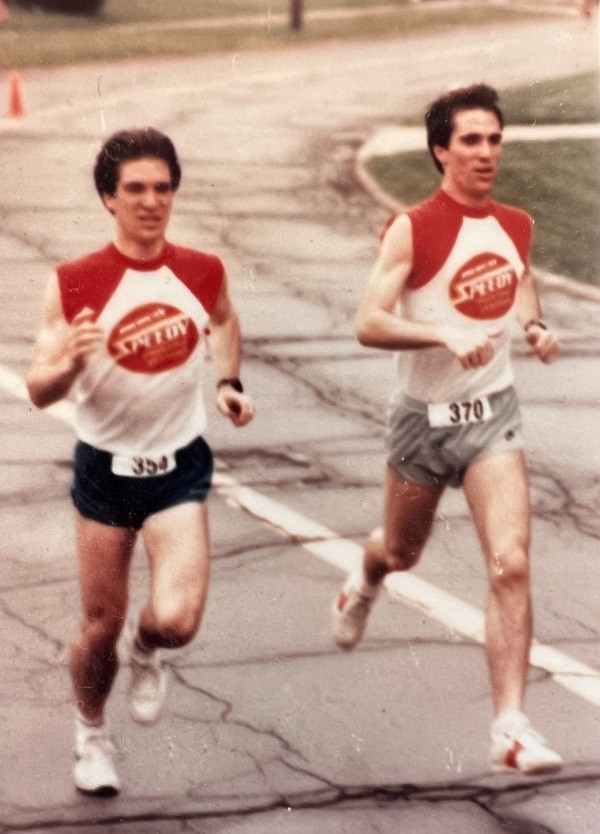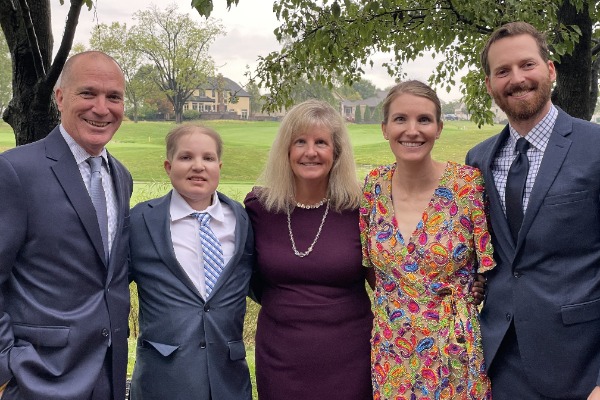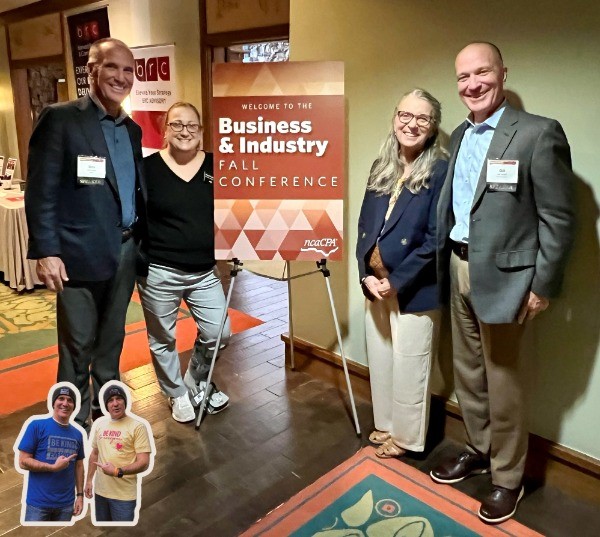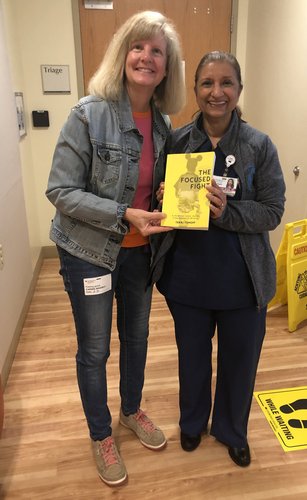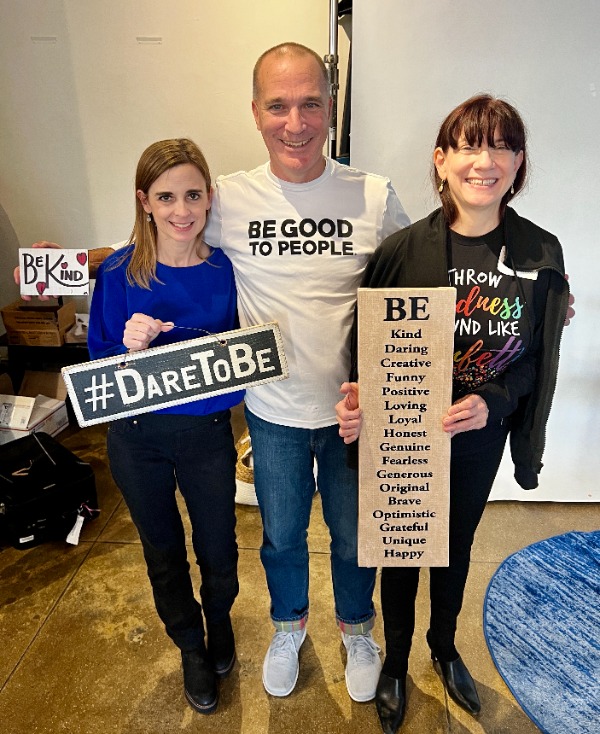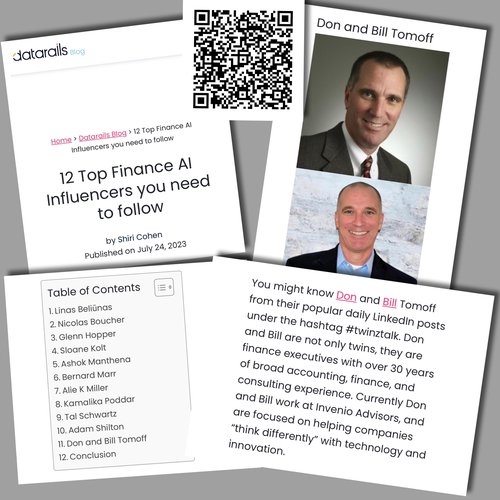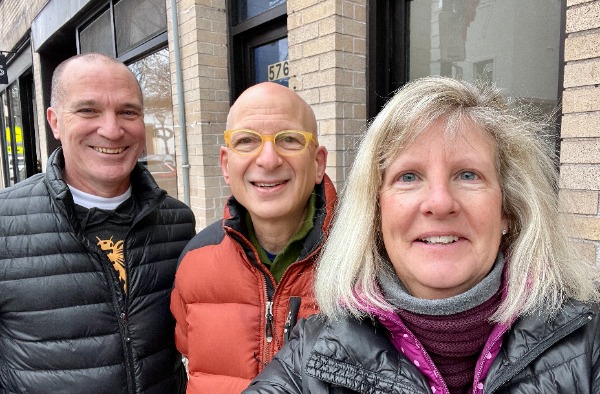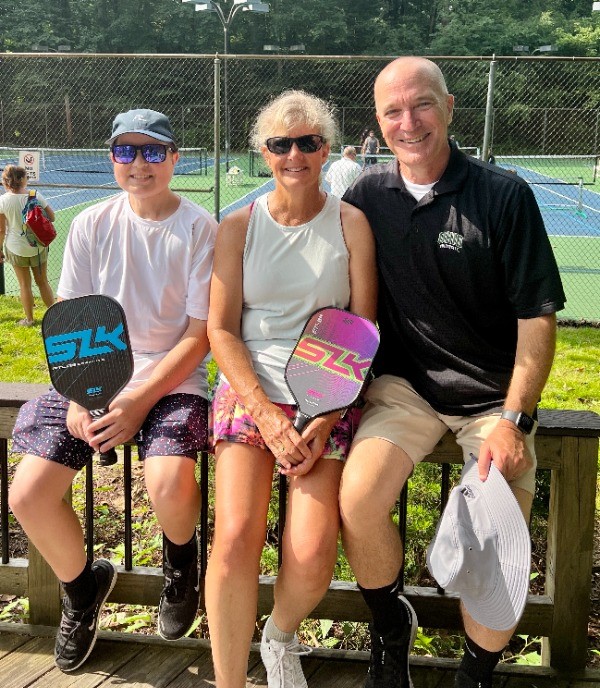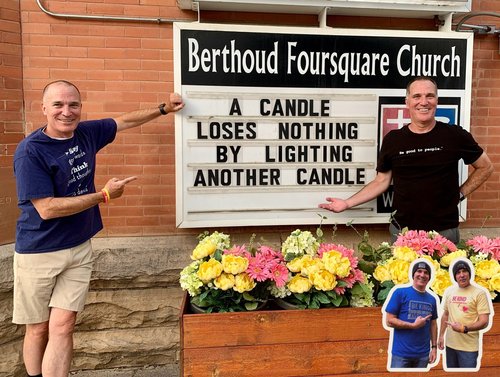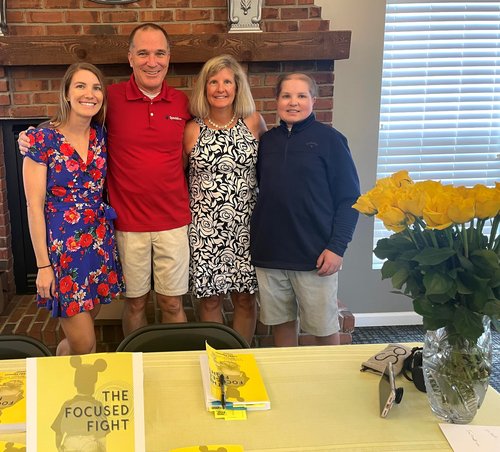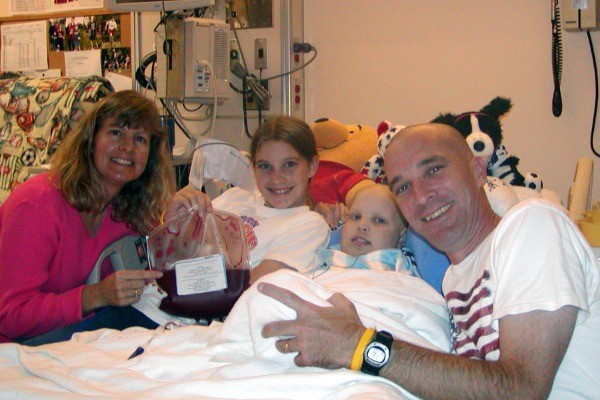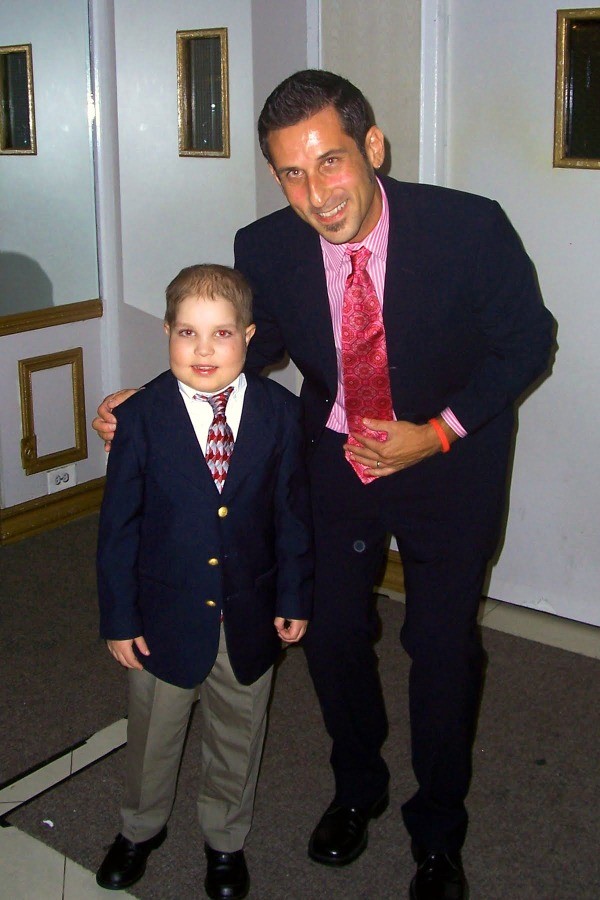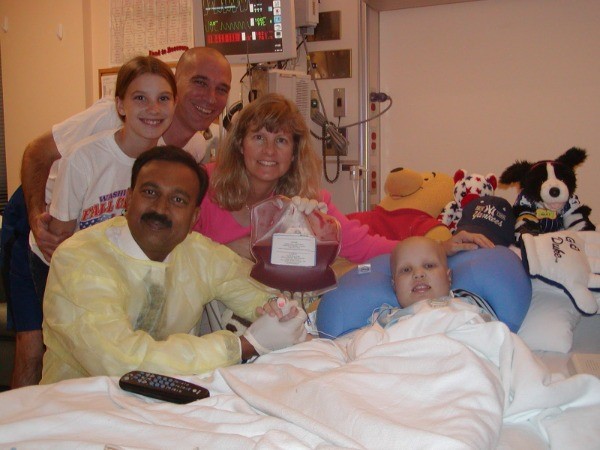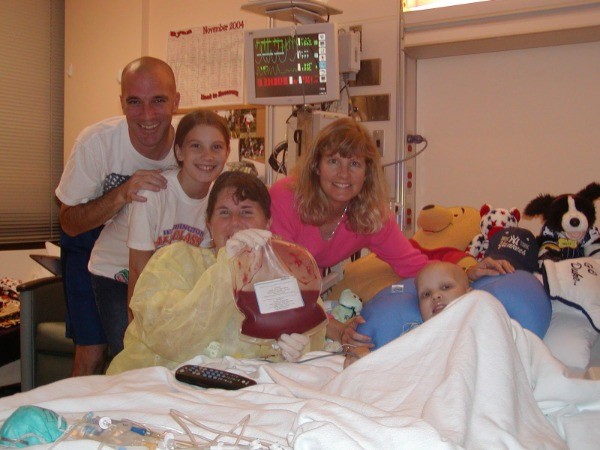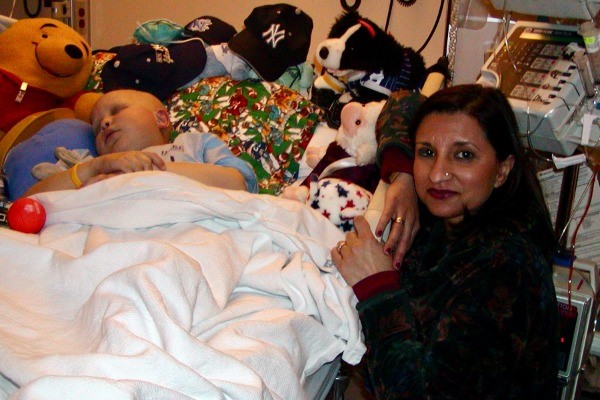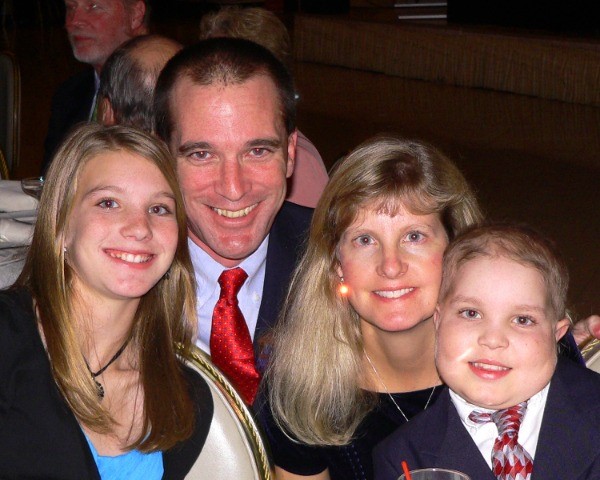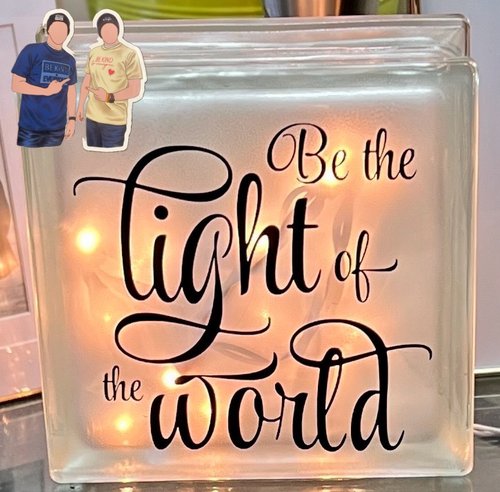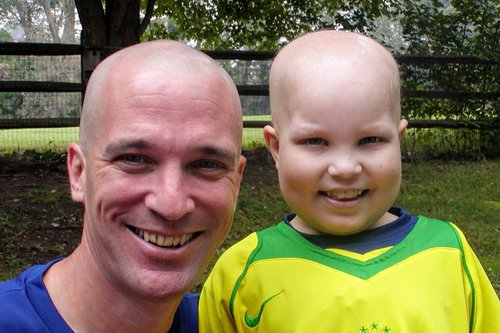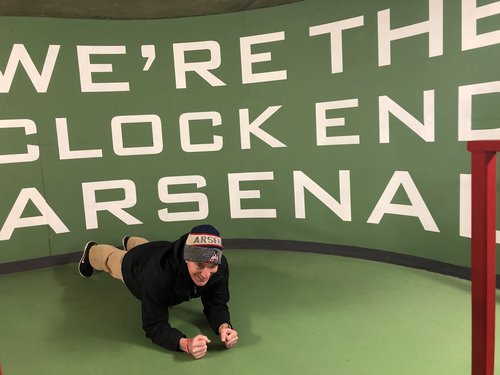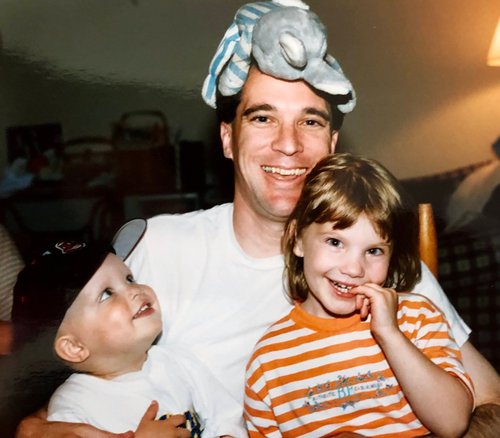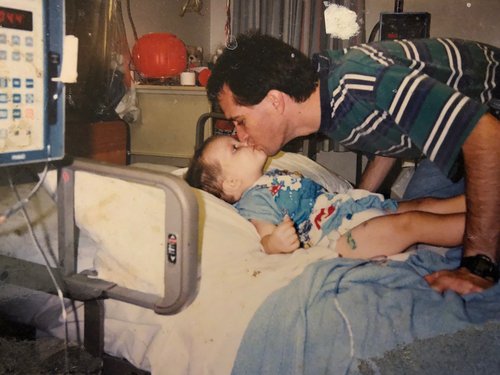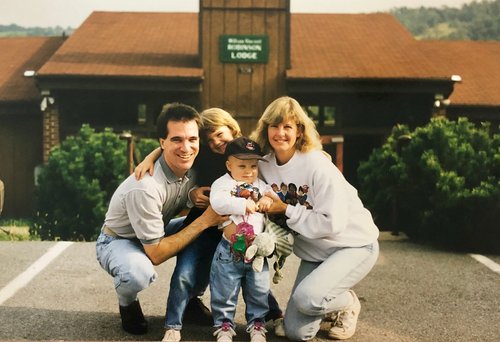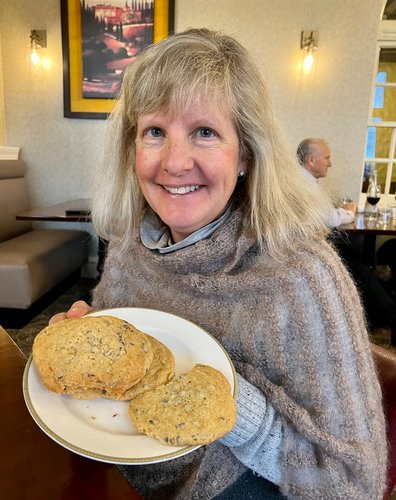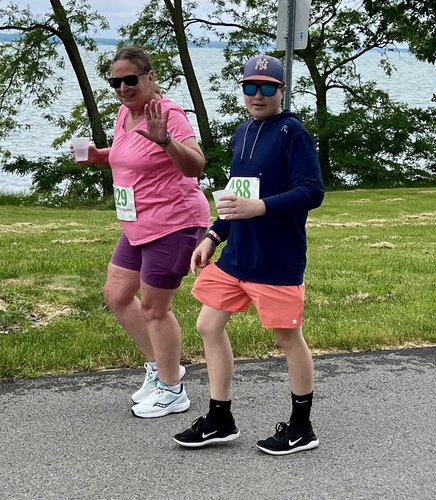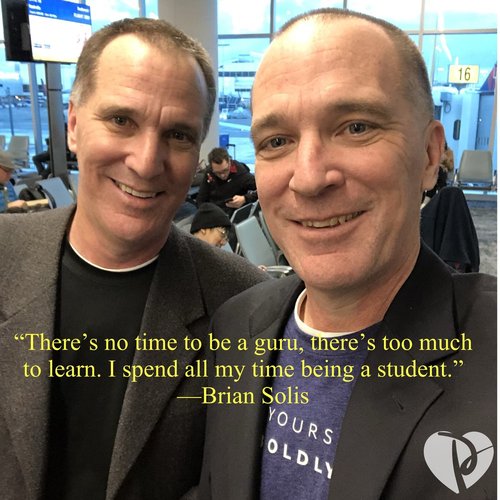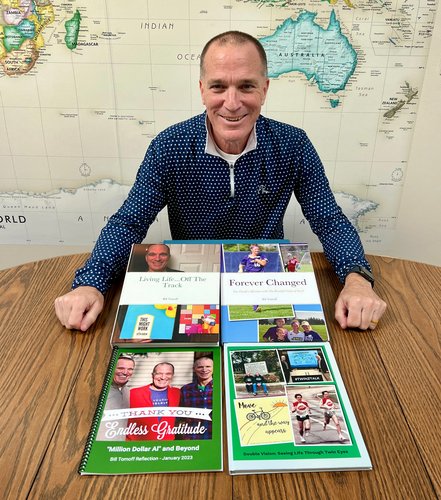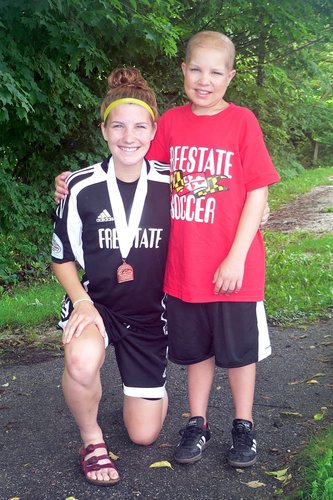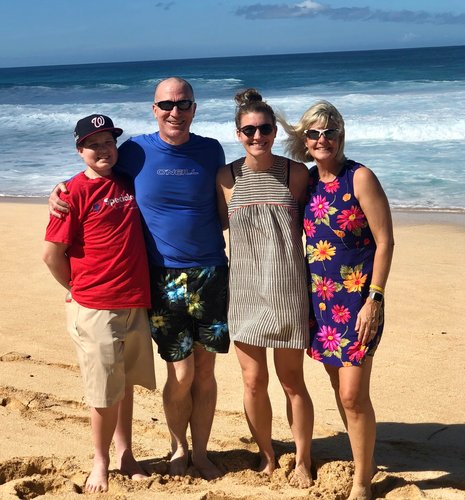This blog post is inspired by A Learning a Day blog titled “The Trial of Miles,” that resonated with me. Competitive distance running helped me in developing attributes that have benefited me throughout my entire life. When Olivia Tomoff was playing youth soccer, she often heard me say, “Your experiences with the game of soccer are bigger than the game.” I hope you enjoy my post!
**
The Dream of a 2 Hour 30 Minute Marathon
May 15, 1983. Mile 23 of the Revco-Cleveland Marathon. My twin brother Don and I had been running stride for stride, in perfect rhythm as we pursued our year-long goal of breaking the 2:30 marathon barrier. For nearly a year, we had dedicated every early morning run, interval workout, and long run to this purpose.
The discipline required was relentless—a daily grind that few understood or appreciated. At mile 23, I began to pull ahead gradually. When I crossed the finish line at 2:29:48, I accomplished my dream. Don finished 46 seconds later at 2:30:34, improving his previous personal best by an astounding seven minutes! That day crystallized what the last decade of competitive running taught me: success comes through unwavering dedication, mile by mile.
The Lonely Road
From ages 14 to 24, I dedicated myself to becoming the best distance runner possible. The pursuit was often arduous and lonely, with lessons that weren’t immediately evident to my young mind. I understood that improvement demanded acceptance of the steady daily grind in a sport few could comprehend. The time commitment and physical demands far exceeded “ordinary” standards.
I was fortunate to be talented enough that my results built a confidence that would later serve me throughout life. I held the Westlake High School mile (4:28.9) and two-mile records (9:31.5). The two-mile record stood for 34 years from 1977 to 2011. I achieved moderate success at Ohio University in Division 1 cross country and track, then pursued competitive marathons for three years post-graduation.
No Shortcuts: The Trial of Miles
A recent blog post from A Learning a Day titled “The Trial of Miles” captured what I’ve long understood:
“What was the secret, they wanted to know; in a thousand different ways they wanted to know The Secret. And not one of them was prepared, truly prepared to believe that it had not so much to do with chemicals and zippy mental tricks as with that most unprofound and sometimes heart-rending process of removing, molecule by molecule, the very tough rubber that comprised the bottoms of his training shoes. The Trial of Miles; Miles of Trials.” — John L. Parker, Once a Runner
Most people search for quick results and shortcuts. They don’t exist. Excellence in anything worthwhile demands consistent, long-term dedication. In running and in life, we all face moments when we are not “good enough.” The willingness to persevere, to keep learning and improving based on our abilities, is essential.
As Ryan Holiday noted in a Daily Stoic email: “People can beat you, but no one can stop you from improving.” This truth has anchored my approach to life’s challenges.
From Track to Classroom: The Runner as Student
Walking onto Ohio University’s campus in fall 1977 terrified me. I was academically unprepared and had no idea how to succeed. But running had taught me to tackle challenges one step, one day, at a time.
What did “one day at a time” mean in this context? Controlling what I could: attending every class, taking notes, studying at the library daily, and preparing for exams well in advance. Running became my outlet to think and decompress from academic pressures. When I joined the varsity track and cross country programs in winter 1977-1978, my schedule was filled with academics and athletics. The discipline from running transferred directly to my academic pursuits.
The transformation was remarkable. I entered OU as an academically hopeless student. Four years later, my twin and I graduated Summa Cum Laude with accounting degrees and Big Eight public accounting job offers. We passed the CPA exam in 1981 and later completed MBA programs. The foundation built through running’s discipline had prepared me to embrace academic challenges I once thought impossible.
The Ultimate Marathon: Family and Adversity
In 1985, I met my life partner, Terri Nolan (we married in 1987). We shared a background in competitive distance running. “I need to go for a run” was a statement we both understood to our core. This shared mindset would prove crucial for what lay ahead.
Our greatest gifts came in our children: Olivia (1992) and Ryan (1994). Then in October 1996, when Olivia was four and Ryan was two, our world shattered with these devastating words: “your child has cancer.” Nothing prepares you for that moment.
The journey through Ryan’s five-time cancer battles has been unimaginably brutal. Yet, Terri and I discovered that our background as competitive athletes—people who had traveled a road few understand—equipped us with mental tools crucial to our family’s survival. The perseverance, discipline, and ability to endure suffering we developed through running became the foundation for navigating years of treatments, setbacks, and uncertainty.
Beyond Survival: Post-Traumatic Growth
The intensity of the past 28 years has often felt impossible, yet we have survived and found ways to grow stronger. Terri and I agree with the concept of post-traumatic growth—positive psychological change experienced as a result of struggling with highly challenging life circumstances.
Our competitive athletic backgrounds taught us to embrace difficulty rather than avoid it, to push through pain rather than fear it, and to believe in the possibility of breakthrough even when evidence suggests otherwise. These mindsets have transformed our suffering into purpose, fueling our mission to help others facing similar challenges.
Terri captured our family’s journey in her 2021 memoir, “The Focused Fight: A Childhood Cancer Journey: From Mayhem to Miracles.” The title reflects the mentality we fought to bring to this unimaginable challenge.
The Lifetime Gift of Competitive Sports
I now understand that competitive sports gave me far more than records or medals. The discipline, resilience, and mental fortitude developed through running prepared me for challenges I could never have anticipated. This isn’t unique to running—any competitive sport pursued with dedication can provide similar gifts.
In a conversation with ChatGPT about this perspective, I received insights that helped me articulate these thoughts more clearly. The complete reflections will appear in future blog posts.
The real value of competitive sports isn’t found in championships or records, but in the person you become through the process. The steady transformation that occurs—molecule by molecule, mile by mile—prepares you for life’s inevitable trials. And that preparation is a gift that lasts a lifetime.
**
Thanks to Claude AI for developmental editing assistance that helped sharpen and structure this personal reflection.
